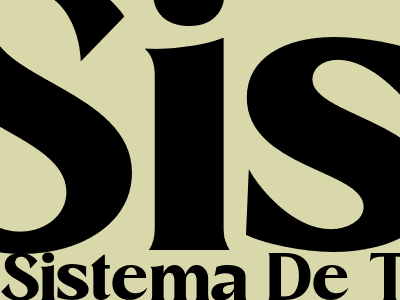
Sistema De Trabajo Obligatorio En El Antiguo Perú
Forced Labor System in Ancient Peru: Uncovering the Dark Underbelly of the Inca Empire
Forced Labor in the Inca Empire: A Comprehensive Overview
The Inca Empire, renowned for its architectural marvels and advanced civilization, concealed a dark secret beneath its facade of glory: a system of forced labor that underpinned its economic and political power.
The Inca government imposed a strict labor obligation known as the mita, which required all able-bodied males between the ages of 18 and 50 to contribute to state-sponsored projects.
The mita encompassed a wide range of tasks, including mining, agriculture, construction, and military service. Its reach extended across the vast Inca territory, with workers often transported long distances from their homes to distant sites.
The Impact of Forced Labor on Inca Society
Human Toll and Social Disruption
The mita exacted a heavy toll on the Inca population. Workers were forcibly separated from their families for extended periods, leading to social disruption and psychological distress.
The harsh conditions and grueling labor often resulted in illness, injury, and even death. Mortality rates among mita workers were alarmingly high, especially in hazardous occupations like mining.
Economic Implications
While the mita provided the Inca state with a vast labor pool, it also had significant economic consequences. Workers were essentially unpaid, as they received minimal compensation for their labor.
This system stifled individual initiative and hindered economic growth in the long term. It also created a dependency on forced labor, as the Inca elite grew accustomed to the free and abundant supply of labor.
The Mitigation of Forced Labor during the Late Inca Period
In the later stages of the Inca Empire, the government recognized the unsustainable and oppressive nature of the mita system.
Rulers like Pachacuti Inca Yupanqui introduced reforms to mitigate the impact of forced labor, including reducing the duration of work periods and providing better working conditions.
Additionally, the Inca state began to rely more on voluntary labor and paid workers, gradually transitioning away from the system of forced labor.
Conclusion
The forced labor system of the Inca Empire was a complex and controversial aspect of its civilization. While it facilitated the construction of monumental structures and expansion of the empire, it came at a great human and economic cost.
In the end, the Inca state recognized the need for reform and began to reduce its reliance on forced labor. This transition paved the way for a more sustainable and equitable society in the later stages of the Inca Empire.
Comments